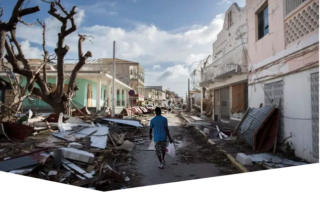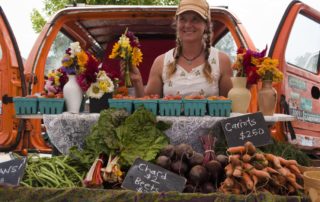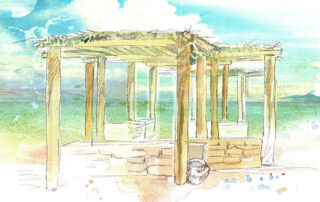Democratizing Access to Nature
Nature is a Human Right, a non-profit organization founded by Ellen Miles in 2020, strives to make access to nature a fundamental human right recognized by the United Nations. In the wake of a pandemic that underscored existing social and environmental inequalities, including nature deprivation among marginalized communities, the organization's mission gains paramount importance. With ambassadors like Poppy Okotcha and Kalpana Arias, Nature is a Human Right advocates for inclusivity in enjoying nature, acknowledging that diverse knowledge enriches us all. Through initiatives like inclusive gardening and eco-somatics education, they aim to break the hierarchy that disproportionately denies people of color access to green spaces. Ellen, Poppy, and Kalpana emphasize the mental and physical health benefits of connecting with nature, highlighting its role in healing, grounding, and fostering empathy. As they work towards systemic change, their vision extends beyond environmental advocacy to a profound understanding of our interconnectedness with the Earth, offering hope for a healthier, happier, and more equitable world.









